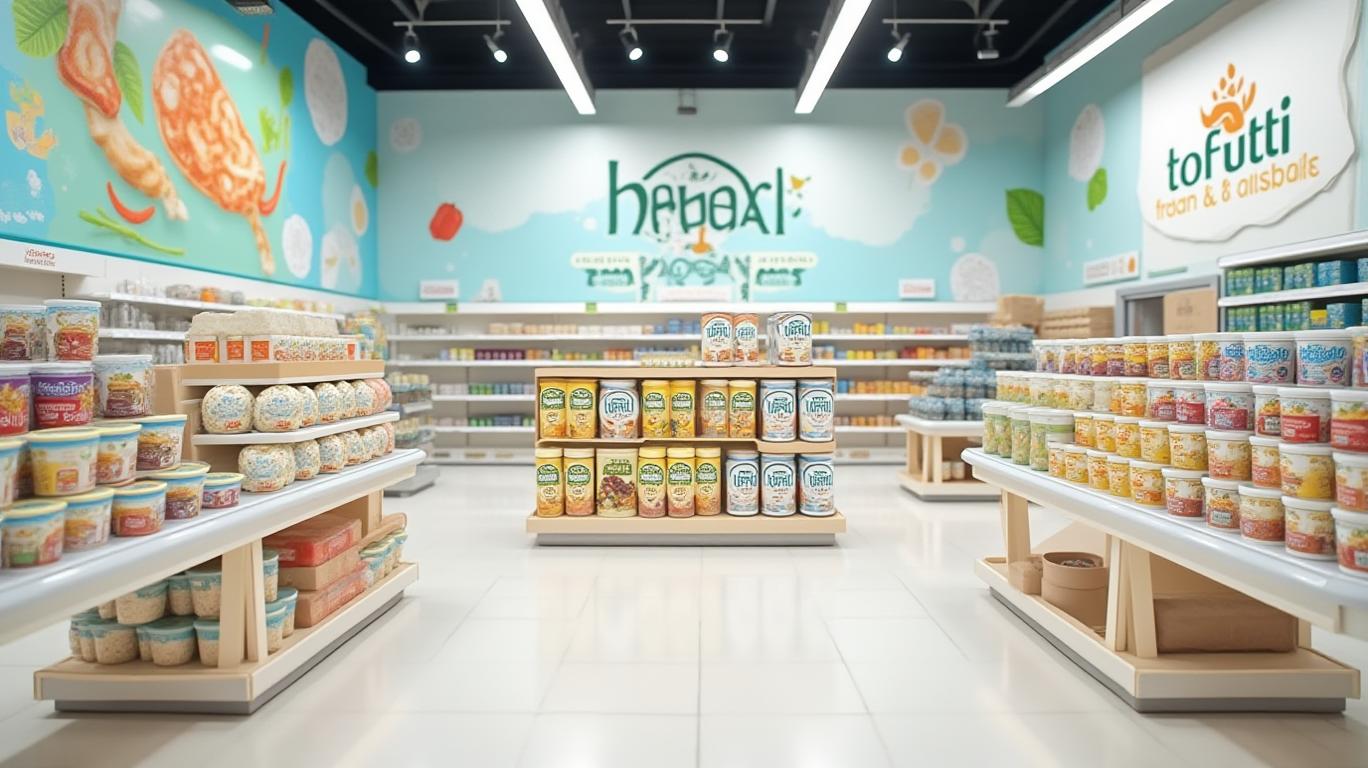Reynolds Consumer Products Navigates Revenue Headwinds Amid Margin Strength
Reynolds Consumer Products (REYN) reported third-quarter 2023 results that underscored a challenging revenue environment but highlighted resilience in profitability. While the company’s non-GAAP earnings per share of $0.23 matched consensus expectations, net revenues of $818 million fell short of estimates by $2.42 million, reflecting persistent pressure on volume and non-retail sales. This modest revenue miss, however, did not overshadow the company’s broader progress in margin expansion and cash flow generation, which remain central to its strategic priorities.

Revenue Performance: A Close Call in a Challenging Market
The $2.42 million revenue shortfall in Q3 2023—against a backdrop of $3.76 billion in full-year revenue—was driven by two key factors:
1. Volume Declines: Consolidated retail volume fell 2% year-over-year, with disposable tableware sales dropping 11% due to price sensitivity and category elasticity.
2. Non-Retail Weakness: Institutional and foodservice sales slid $70 million year-to-date, reflecting broader macroeconomic pressures.
Despite these headwinds, management emphasized that the company delivered “earnings at the upper end of our guide”, driven by operational discipline and margin improvements.
Margin Expansion and Cash Flow: The Silver Lining
While revenue stagnated, Reynolds’ profitability surged. Net income rose 63% to $78 million, while Adjusted EBITDA increased 42% to $165 million, fueled by:
- Pricing Actions: A 2% average price increase offset some volume losses.
- Cost Controls: Manufacturing and operational efficiencies reduced expenses by $100 million year-to-date.
- Segment Gains:
- Reynolds Cooking & Baking: EBITDA grew 55% to $51 million, aided by market share gains in foil and parchment paper.
- Hefty Waste & Storage: EBITDA jumped 61% to $71 million, driven by innovations like the Hefty Fabuloso® Lavender and Lemon line.
The company’s focus on sustainable products—such as its bio-based bags made with 20% plant/ocean materials—also positioned it to capitalize on rising consumer demand for eco-friendly alternatives.
Debt Reduction and Leverage: A Path to Financial Stability
Reynolds’ deleveraging efforts remain on track. Net debt-to-Adjusted EBITDA improved to 3.1x by September 2023, down from 3.8x a year earlier, with an additional $100 million debt repayment post-Q3. Management reaffirmed its goal of reducing leverage to below 3.0x by year-end, a milestone that would enhance financial flexibility and support future investments.
Q4 Outlook and Risks Ahead
For the fourth quarter, Reynolds projects net revenues to decline 7%–9% year-over-year, driven by:
- Lower Pricing: A 2% rollback in select categories to address demand elasticity.
- Retail Volume Slump: A 2%–4% drop in core categories, with disposable tableware volumes expected to fall 4%–6%.
The company also faces risks tied to non-retail sales, which are projected to drop $40 million in Q4 versus 2022. However, Reynolds’ ability to retain category share—notably in foil and waste bags—could mitigate these pressures.
Conclusion: A Company in Transition
Reynolds Consumer Products’ Q3 results paint a mixed picture: revenue struggles persist, but margin strength and cash flow improvements suggest progress toward its strategic goals. The $2.42 million revenue miss is marginal in the context of a $3.76 billion annual run rate, and the company’s focus on cost discipline, innovation, and debt reduction positions it to navigate macroeconomic uncertainty.
Investors should monitor two critical metrics:
1. Margin Resilience: Whether Adjusted EBITDA can sustain its $625–$635 million full-year guidance amid pricing rollbacks.
2. Debt Reduction: Achievement of the <3.0x leverage target by year-end, which would reduce refinancing risks.
While Reynolds’ revenue trajectory remains fragile, its operational execution and focus on high-margin segments suggest it is well-positioned to outperform peers in a cost-conscious consumer environment. For now, the company’s ability to convert margin gains into shareholder value—via dividends (currently $0.23 per share) and deleveraging—justifies cautious optimism.
Final Takeaway: Reynolds Consumer Products is navigating a tough revenue landscape but demonstrating discipline in areas that matter most: margins, cash flow, and debt. The path forward hinges on execution, not just aspirations.










